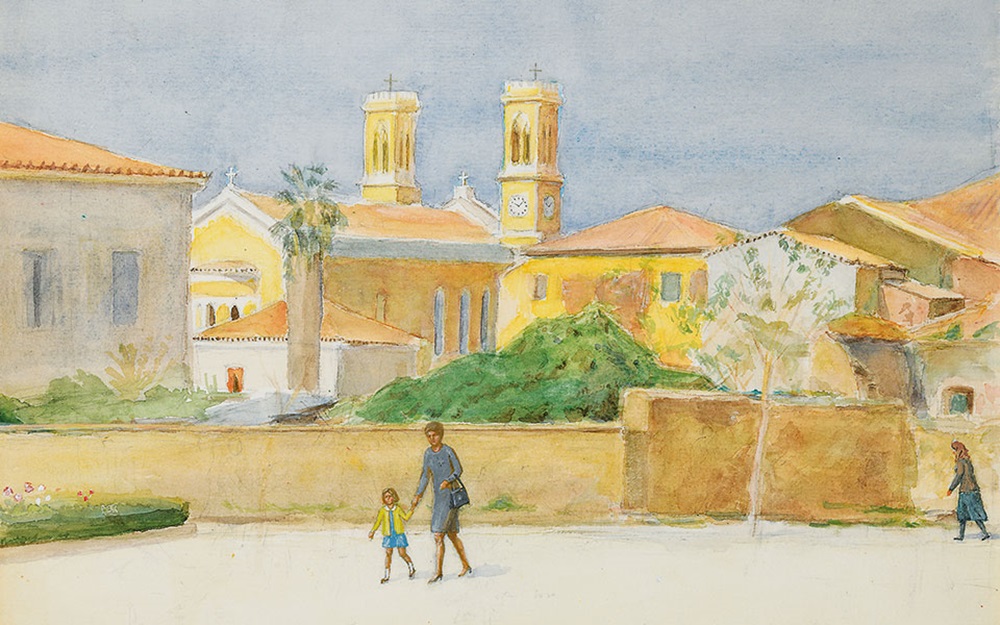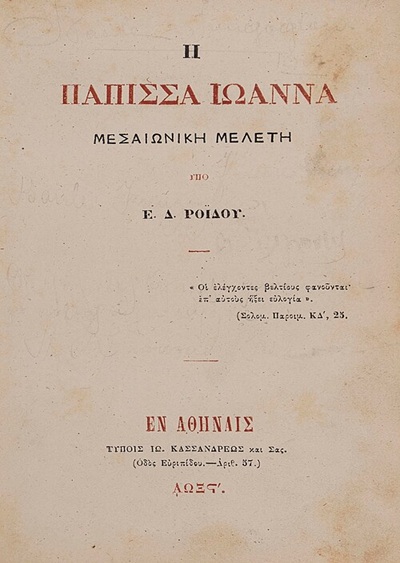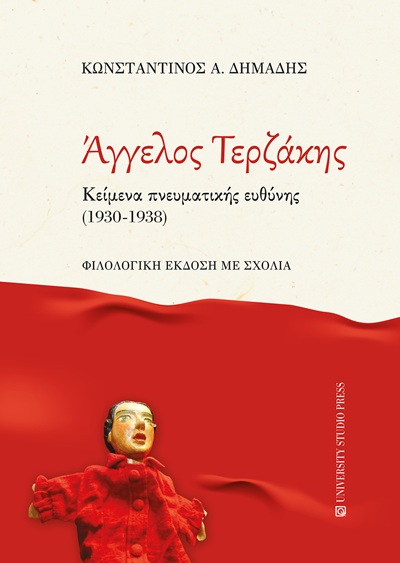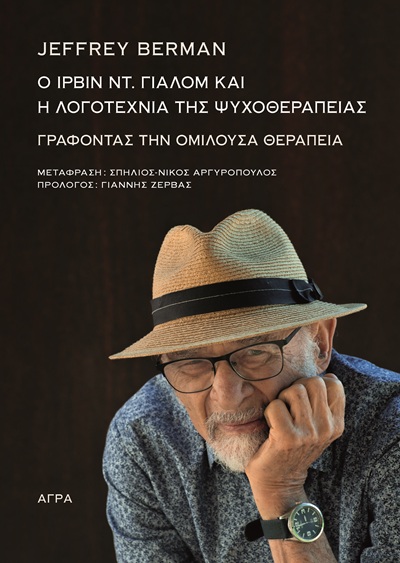
In July 2023 Panagis Vourloumis donated to the National Library of Greece the archive of his father and painter Andreas Vourloumis (1910-1999), which consists of approximately 1,450 drawings of various dimensions and around 760 blocks of various sizes.
Andreas Vourloumis began to deal with painting in his youth, although he never studied it systematically. In 1934 he graduated from the University of Athens as a chemist. He then went to Paris (1934-1935) to continue his studies, but in the end he painted and visited museums daily. He was also involved in Byzantine painting. His main interest was the pictorial depiction of the Attic landscape. His drawings and painting notes on man, including portraits, are very numerous and are mainly rendered within his blocks. His drawings of the dwellings of Athens and his topographies of Aegina, which was his favorite place, as well as other parts of Greece are numerous. His particular study was the depiction of interiors and the persons who inhabited them. The war of the 1940s, the soldiers and the Occupation, is another special chapter in his painterly quest.
He drew the calendar of Heracles General Cement and made drawings for children’s books. In 1957 he took part in the Alexandria Biennale. During his life he took part in several exhibitions. The most recent, organized to honor his work, with the contribution of his son Panagis Vourloumis, is the major retrospective exhibition, in the autumn of 2023, presented at the National Library of Greece, accompanied by a detailed catalogue curated by Stavros Zoumboulakis, President of the Board of the Hellenic Library of Greece. Three works from the exhibition were subsequently donated to the National Library.
The archive also includes correspondence, manuscripts, poems, texts on art and more. This donated material is currently being processed and will soon be available to the research public.
The donated paintings can be studied in the Reading Room of the Department of Manuscripts and Copies of the National Library of Greece, as they have been included in the Special Collections of the National Library of Greece.







Leave A Comment